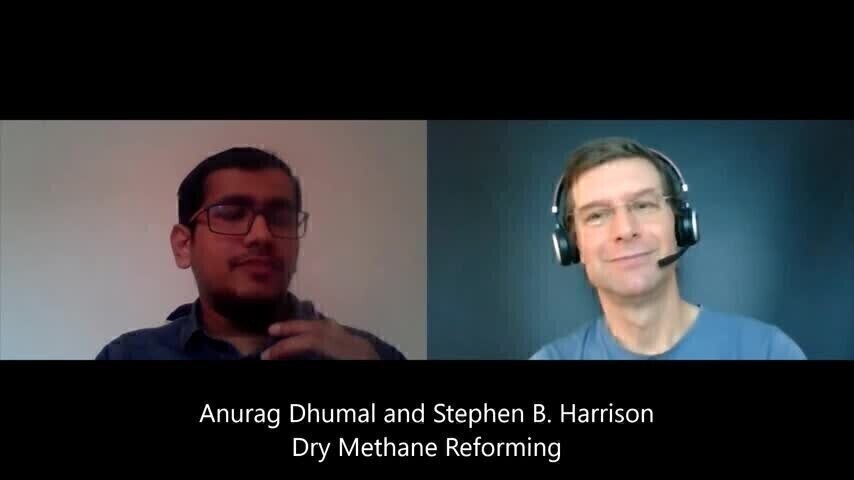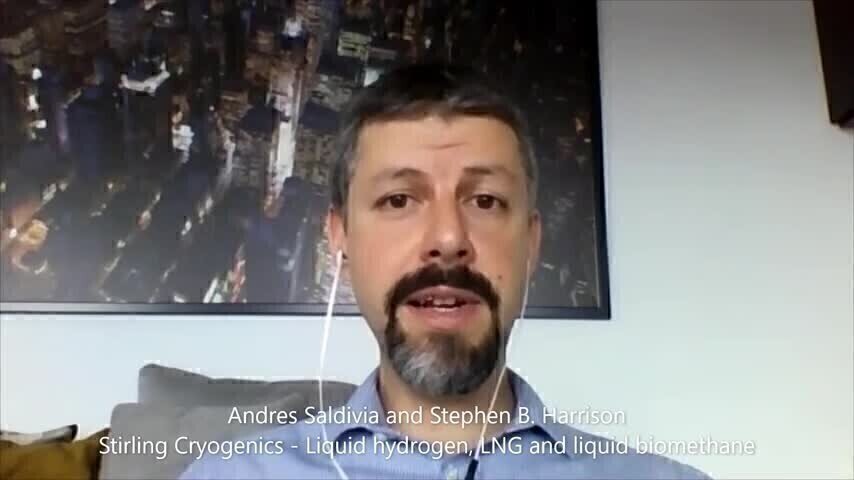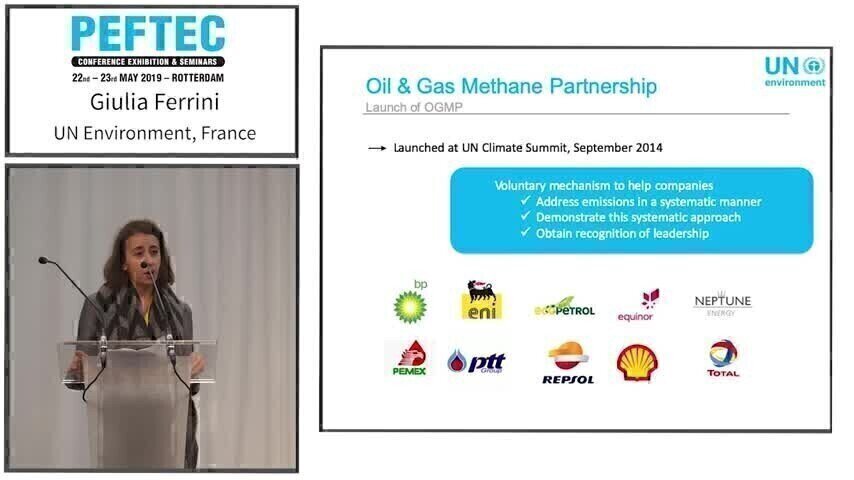E-Learning
Videos
Past Events
The Alberta Energy Regulator (AER) is the agency responsible for regulating hydrocarbon resources in Alberta. We regulate over 80 per cent of Canada's petroleum industry including 431,000 km of pipelines and 50,000 oil and gas facilities. We ensure the safe, efficient, and environmentally responsible development of Alberta's energy resources. When the government of Alberta announced its Climate Leadership Plan in 2015, the AER was tasked with reducing methane emissions from the upstream oi...
Environmental sustainability has become one of the most relevant drivers for the future evolution of the energy mix in most countries. Carbon dioxide is the main greenhouse gas emitted by human activities, but it is not the only pollutant capable of causing harm to people and the planet. Natural gas presents clear advantages in terms of lower GHG emissions from combustion compared to other fossil fuels. However methane emissions along the entire value chain have been pointed out as a relev...
The use of natural gas in global energy systems has increased substantially over the last decade as countries are driven toward decarbonisation. Natural gas exhibits lower combustion emissions than coal or oil, but life cycle supply chain emissions are significant and highly variable. In particular, methane is the main constituent of natural gas and is itself a very strong greenhouse gas. Results from methane emissions studies are often conflicting and vary widely, rendering average emission...
If you'd like a survey of atmospheric methane at the level of individual cities, click to reveal a more relevant e-Learning. Similarly, for a broader perspective on the identification and validation of methane sources, follow the link. There is a growing need for comparisons between emission estimates produced using bottom-up and top-down techniques at high spatial resolution. In response to this, a proof of concept study has been performed in which developed an inversion approach to e...
Currently, methane emissions are generally estimated via theoretical calculations based on e.g., the IPCC guidebook rules. The assumption is that individual sources may vary widely but that the aggregated national total will be (more) robust. Some countries have developed regulatory frameworks to quantify the emissions, however no widely-approved methodology has emerged and mitigation projects remain rather limited due to lack of regulatory requirement and necessary capital investment. Privat...
Infrared (IR) gas finder cameras are increasingly used in leak detection and repair (LDAR) surveys for detecting fugitive volatile organic compound (VOCs) emissions from process components. In order to use the camera for identifying leaking process components which have to be repaired, it is important to: (1) operate the camera under conditions in which the IR camera's detection limit is expected to be lower than LDAR's repair thresholds; (2) use the camera for determining whether a lea...
Methane is a valuable energy carrier but also a very potent greenhouse gas (GHG). The reduction of greenhouse gas emission mitigation effect within the energy sector by possible methane emission from the biogas production process is one major point of discussion within the biogas sector. Although the number of studies concerning the GHG emissions from biogas plants increased during the last decade, it is still not possible to compare these results and to conclude the overall emissions prod...
To achieve the goal of keeping the increase in global average temperatures to well below 2°C above pre-industrial levels, the issue of greenhouse gas (GHG) emissions is of fundamental importance. The national GHG inventories keep track of emissions and are set up to follow the mandatory reporting for the United Nations Framework Convention on Climate Change (UNFCCC). These inventories also include records on diffuse emissions from the natural gas sector. The creation of these inventories is...
If Natural Gas is considered to be the fossil fuel with the lowest specific carbon dioxide emissions (CO2) for the same quantity of power generated1, methane (the main component of the Naturel Gas) has a far more important effect on global warming than CO2 (GWP100 of 28). Therefore, to support the major role Natural Gas has to play in the Energy Transition, the natural gas industry has to proactively deal with methane emissions in the atmosphere all along the gas chain, from gas producti...
The fugitive methane emission from landfills, wastewater treatment plants and biogas production plants is a significant anthropogenic source to atmospheric methane. To understand the size of these emissions and to evaluate possible mitigation initiatives, reliable methane emission quantification methods are needed. One of the best methods for quantifying the whole site emission from a large area source is the tracer dispersion method. The method is using a known release rate of a tracer gas p...
Digital Edition
PIN 25.4 Aug/Sept
September 2024
Analytical Instrumentation - Novel and Rapid LSC method for the analysis of biogenic carbon in fuels Measurement and Testing - Matrix evaluation on the Xplorer-V with Vectra autosampler accordi...
View all digital editions
Events
Sep 23 2024 New Orleans, LA, USA
Sep 23 2024 Rio de Janeiro, Brazil
Sep 24 2024 Kielce, Poland
Sep 24 2024 Calgary, Canada
IDW DOWNSTREAM CONFERENCE 2024
Sep 24 2024 Warsaw, Poland
























